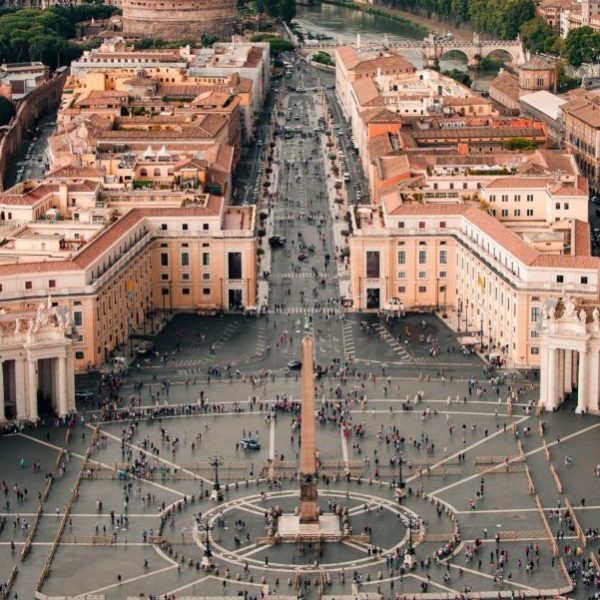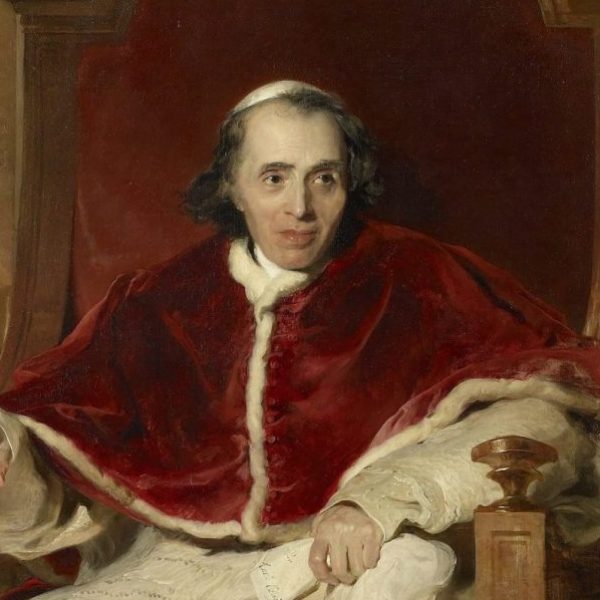Palladio’s Rome
“With [Thomas] Jefferson I conversed at length on the subject of architecture — Palladio, he said, ‘was the Bible — you should get it and stick close to it.'” – Colonel Isaac A. Coles, 1816
 Andrea di Pietro della Gondola (1508-1580)–better known by the name Palladio, after the Greek goddess of wisdom Pallas Athena–was one of the greatest architects of the High Renaissance. Much beloved for the churches, villas, and palaces that bear the refined “Palladian” style, Palladio also published in 1554 two enormously popular guides to the churches and antiquities of Rome. Striving to be both scholarly and popular, Palladio’s guidebooks invited his Renaissance readers to discover the charm of Rome’s ancient and medieval wonders and to follow pilgrimage routes leading from one church to the next.
Andrea di Pietro della Gondola (1508-1580)–better known by the name Palladio, after the Greek goddess of wisdom Pallas Athena–was one of the greatest architects of the High Renaissance. Much beloved for the churches, villas, and palaces that bear the refined “Palladian” style, Palladio also published in 1554 two enormously popular guides to the churches and antiquities of Rome. Striving to be both scholarly and popular, Palladio’s guidebooks invited his Renaissance readers to discover the charm of Rome’s ancient and medieval wonders and to follow pilgrimage routes leading from one church to the next.
Modern visitors or pilgrims to the “City of Wonders” can now enjoy Rome exactly as their predecessors did 450 years ago. Palladio’s Rome provides, for the first time to an English-speaking audience, an English translation of Palladio’s two guidebooks in a single volume, pocket-sized just like the originals. The book is enhanced with period illustrations, contemporary photographs, and learned commentary, as well as the first full English translation of Raphael’s famous letter to Pope Leo X on the monuments of ancient Rome.
“A fascinating snapshot of Rome a century before the Baroque architects got their hands on it, this two-fer is also a surprising self-portrait of the artist,” says Richard B. Woodward in the New York Times. “Palladio celebrated the supremacy of reason in his designs, adapted worldwide during the centuries since, often for secular contexts. And yet like many a Renaissance genius, he was also a deeply faithful and conventional Catholic.”



